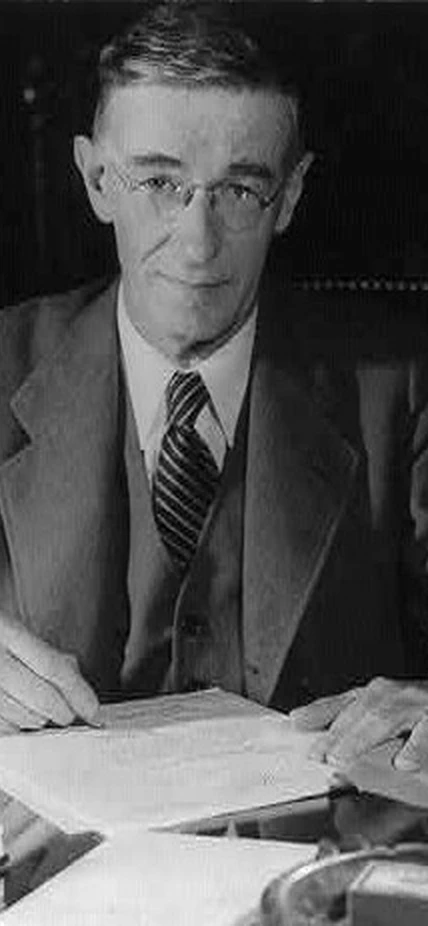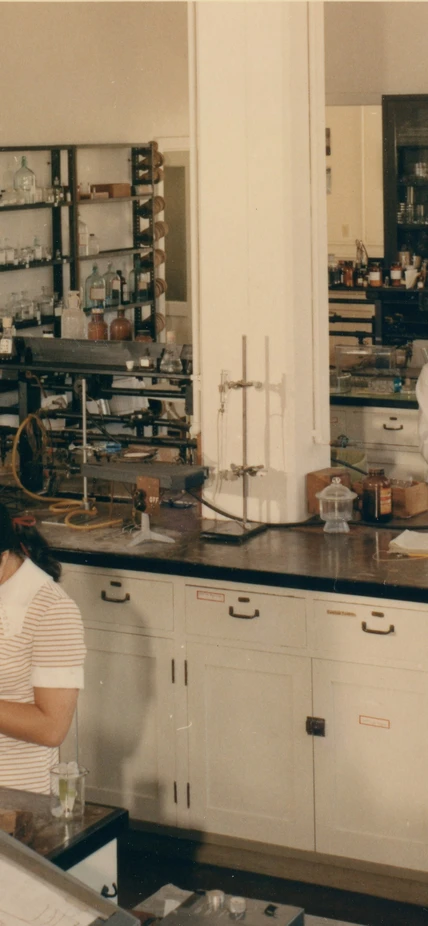Vannevar Bush became the President of the Carnegie Institution of Washington (Carnegie Science) in 1939. The following year he was appointed by President Franklin D. Roosevelt to lead the newly created National Defense Research Committee. As head of NDRC, and later the Office of Scientific Research and Development, Bush coordinated and mobilized American science during World War II. From his office at Carnegie headquarters, the “General of Physics” oversaw two-thirds of the physicists in the United States, including those working on the Manhattan Project.
Driven primarily by the war effort, scientific advancement rapidly accelerated under Bush’s leadership and included improvements to weaponry, food, healthcare, aviation, and more. Ultimately these concentrated scientific efforts led to the development of technology that had the power to turn the tides of the war. Some examples include radar, the atomic bomb, and the proximity fuse - the latter, developed by scientists working on the Broad Branch Road campus.
Observing the apparent importance of scientific innovation on the battlefield, President Franklin D. Roosevelt looked to the future. In 1944, less than a year before the end of the war, Roosevelt asked Vannevar Bush for advice on how to encourage scientific advancement for the improvement of national health and wellbeing in peacetime as well.
On July 25, 1945, less than two weeks before the Hiroshima bomb was dropped and while still serving as the President of Carnegie Science, Bush submitted his response in the form of a report entitled, "Science—The Endless Frontier." In this report, Bush argued that scientific research is vital for the country’s continued economic well-being and security. To support this research, he proposed a centralized approach to government-sponsored science which led to the creation of the National Science Foundation and science policy as we know it today.
Read the 1945 report yourself! Download the 75th Anniversary Edition of Science, the Endless Frontier.
Top Image Caption: Vannevar Bush became the President of Carnegie Science in 1939. The following year he was appointed by President Franklin D. Roosevelt to lead the newly created National Defense Research Committee. Image Source: Library of Congress (https://www.loc.gov/item/2005691441/)

